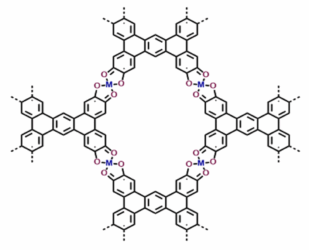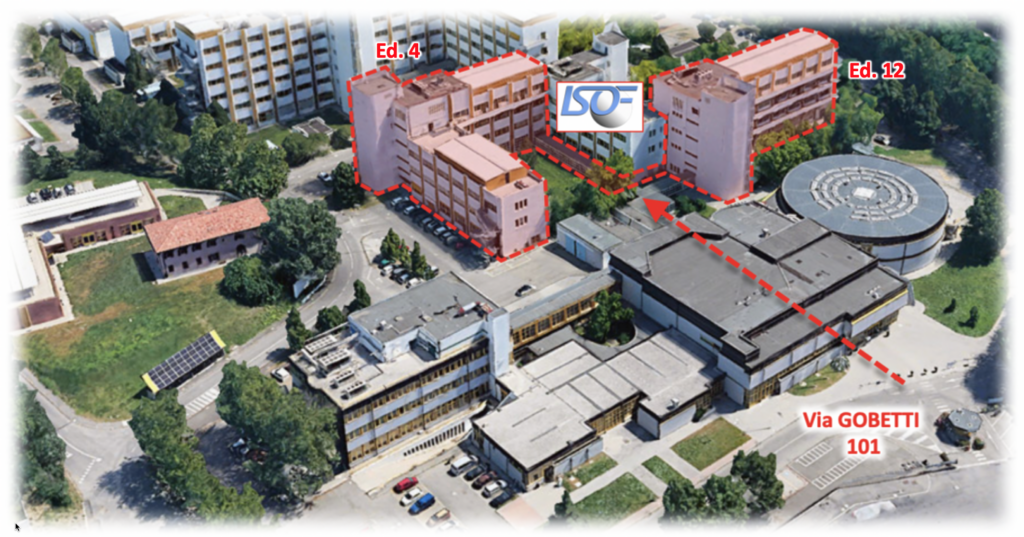ISOF researchers are actively committed to discover new molecules and materials, develop new technological applications, disseminate their results in scientific publications and international conferences, organize events for the broader public, publish books.
-

ISOF annonuces the new project: Sustainable Water Innovations for Fielded Troops (S.W.I.F.T)
We are delighted to announce our participation in a project under the European Defence Fund (EDF). The project, titled Sustainable Water Innovations for Fielded Troops (S.W.I.F.T), is …
-

Revolutionizing Cancer Research with 3D Models and AI
A recent review by Momoli, Costa, Lenti, Tubertini, Parenti, Martella, Varchi, and Ferroni, published in Cancers 2025, explores the transformative potential of advanced three-dimensional (3D) …
-

Synergistic Chemo-Immune Therapy via Oxygen-Releasing Nanoparticles
In a recent study published in ACS Applied Nano Materials, researchers from ISOF-CNR and the University of Padova developed an innovative nanoplatform for cancer therapy. …
-

Tuning Molecular Architecture with Ions
How Metal Choice Shapes the Structure of Coordination Polymers
-

Silicon Nanowires Shed Light on Chronic Pain Mechanisms
Chronic pain affects millions of people worldwide and remains difficult to treat due to the complex biology underlying pain perception. At the center of this …
-

New Method Boosts 2D Materials Performance Using Tiny Folds
CNR researchers describe simple way to supercharge MoS₂ nanosheets by creating nano-folded edges—100x thicker than the original for clean hydrogen production and better green tech.
-

Designing Supramolecular Electrodes for Solar Fuel Production
Solar fuels are clean energy carriers produced by converting solar energy into chemical energy, often in the form of hydrogen.
-

Academia-Industry Partnership Delivers Breakthrough Water Purification Technology
A successful collaboration between ISOF researchers and industry highlighted by Nature Water journal
-

PUBLIC COMPETITION FOR EMPLOYMENT UNDER A FULL-TIME, INDEFINITE-TERM CONTRACT- FOR TECHNICAL COLLABORATOR
CALL FOR ENTRIES N. 367.476 CTER ISOF APPLICATION DEADLINE: MAY 8th 2025 A public competition is now open for the recruitment of a full-time, open-ended …
-

PLAY 2025: Fun and Experiments for Everyone!
ISOF researchers present scientific games at the most important game fair of Italy.
-

Scientific Agreement between IMM-ISOF CNR and Johns Hopkins University
Yesterday, 18th March 2025 the Scientific Cooperation Agreement between CNR and the Department of Mechanical Engineering at Johns Hopkins University (JHU Baltimore, USA)-Prof. Ishan Barman, …
-

Science Communication and Healthy Diet for Children: LO-Veg Project Event in Rome
Today, Friday, January 24th, 2025, the Marconi Hall at the CNR in Rome hosted an important training event in collaboration with the National Union of …


















